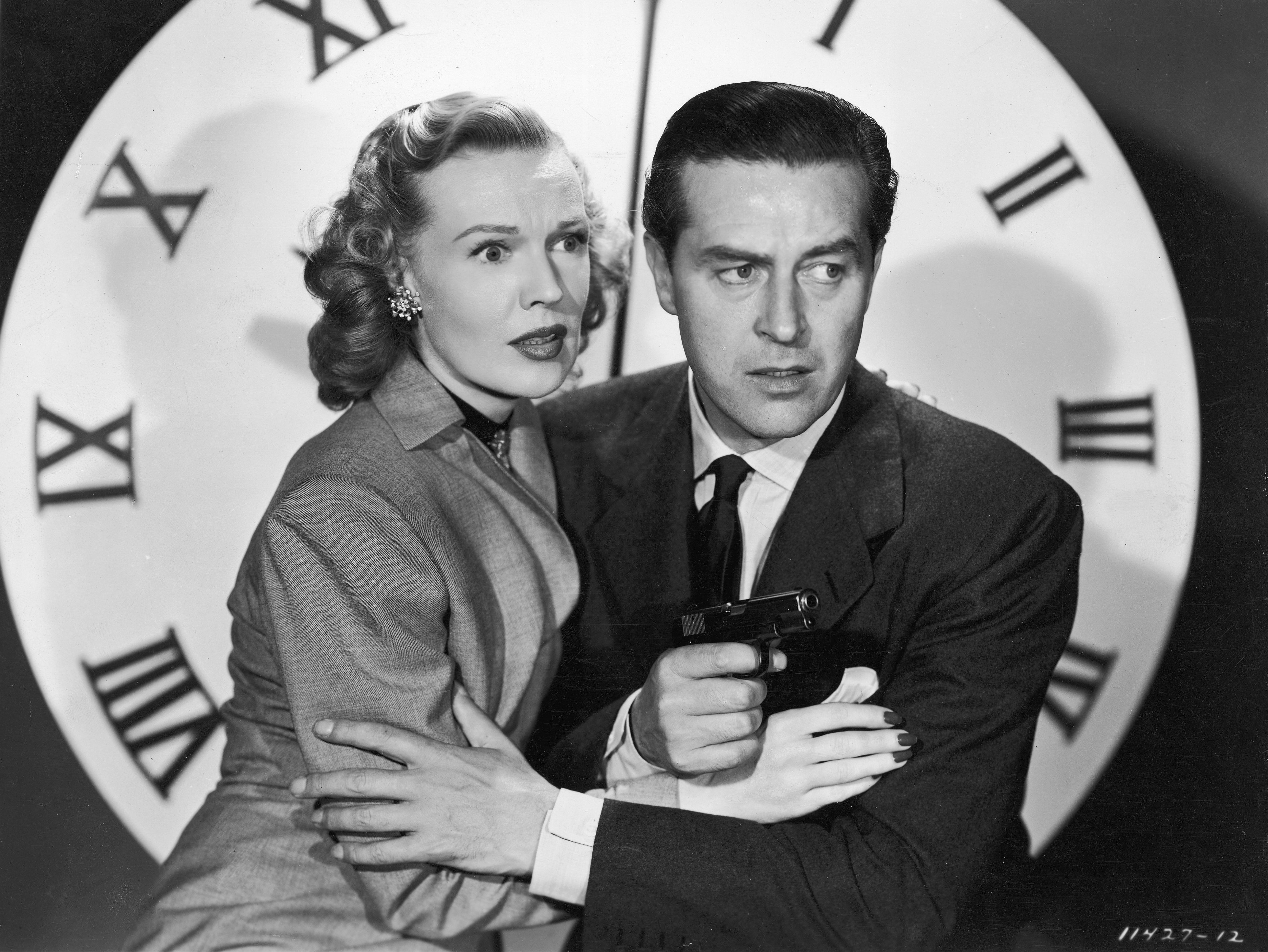By Dennis Hartley
(Originally posted on Digby’s Hullabaloo on July 13, 2019)

Mikey and Nicky – Criterion Collection
You could call Elaine May’s 1976 mob drama the anti-Godfather. In fact, its verité-style portrayal of two mobbed-up pals in a desperate quandary is so workaday that it even makes suburban dad Tony Soprano look like some stylized hoity-toity version of a “gangster”.
May’s film is “a night in the life” of Nicky (John Cassavetes), a low-rent bookie who has used up all the good graces of some very serious made guys and now fears for his life. Holed up in a cheap hotel room and on the verge of a breakdown, he calls on his pal Mikey (Peter Falk) to help him brainstorm out of his mess. A long dark night of the soul lies ahead.
The loose, improvisational rawness in many scenes may grate on some (especially those unfamiliar with Falk’s previous collaborations with Cassavetes; the pair had by then developed a unique shorthand and that takes some acclimation). Ned Beatty is on hand as an exasperated hit man.
The new 4K scan of the film looks true-to-life (much of it was photographed using available light).








